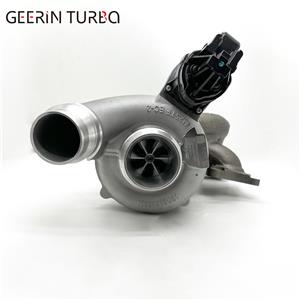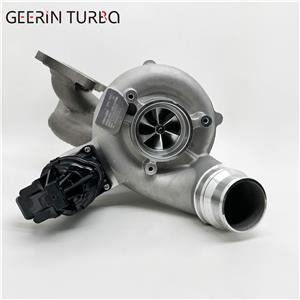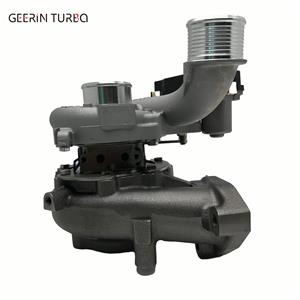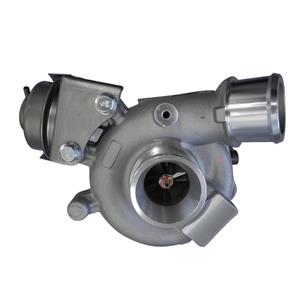What are the effects of Toyota turboharger on engine?
What are the effects of Toyota turboharger on engine?
It is obvious that the turbocharging of Toyota turbocharger will increase the mechanical load and thermal load of the main parts of the engine. It is necessary to use stronger and more high-temperature resistant metal to strengthen the engine, adjust the oil supply system, change the valve timing, reasonably increase the valve overlap angle, increase the excess air coefficient, adjust the exhaust system, and cool the turbocharged air.
But the turbocharger is also hard damaged. At low speed, the exhaust energy is too low and the boost pressure is insufficient, resulting in poor air intake. The internal reason is that the compressor is subject to surge at small flow rate, resulting in unstable operation. (surge is an abnormal working phenomenon of centrifugal turbomachinery. There is a surge line on the compressor characteristic curve, also known as the critical boundary of stable operation.) At high speed, the exhaust gas energy is too high, resulting in too high air intake, resulting in too thin mixture. Under high-speed working conditions, in order to avoid excessive charge air, all turbochargers are equipped with pressure regulators, so as to directly introduce the excess exhaust gas into the exhaust pipe under the working conditions. For low-speed working conditions, two turbocharging schemes, constant pressure turbocharging system and pulse turbocharging system, will be mentioned here. First, the difference between the two systems will be briefly described. The constant pressure turbocharging system is that the exhaust gas of each cylinder is discharged into a main pipe, and then introduced into the exhaust vortex pipe. The pulse turbocharging system introduces the exhaust gas from different cylinders into the vortex tube. The constant pressure turbocharging system collects the exhaust gas from all cylinders of the internal combustion engine into a large enough exhaust pipe, and then introduces it into the turbine. Although each cylinder exhausts alternately, the pressure at the turbine inlet is basically unchanged due to the pressure stabilizing effect of the exhaust pipe, so it is called constant pressure turbocharging system.
The main advantages of the constant pressure turbine are: the turbine has a high efficiency of full cycle air intake under constant pressure; The excitation caused by air flow is small, which is not easy to cause blade fracture; The exhaust system is simple, low cost, easy to arrange and maintain. Simply put, the air inlet of the turbocharger is a pipe without separation. Most of the turbochargers of our cars adopt the constant pressure turbocharging system because the manufacturing cost is relatively low and the impact load on the impeller at the exhaust side is small. The pulse turbocharging system aims to improve the utilization of energy lost in the constant pressure system. The feature of this scheme is that the exhaust pipe is short and thin, and the volume of the exhaust system should be as small as possible, so that the exhaust can directly and quickly enter the turbine for expansion and work, and reduce the throttling loss. In order to reduce the mutual interference of exhaust pressure waves of each cylinder, two or more exhaust branch pipes are often used to separate the exhaust of adjacent firing cylinders. Thus, the exhaust gas of each cylinder will not have impact, and will be introduced into the vortex tube in turn, so that the exhaust pipe can be emptied faster, so as to reduce the exhaust back pressure and improve the scavenging performance of the internal combustion engine.
This is the dual vortex turbocharger proposed in recent years, which is applied to the newly developed 2.0 engine. However, I believe that many friends who have driven turbocharged vehicles have realized that in actual driving, the speed may rise to about 2300-3000rpm. The obvious impact of the turbocharger on the engine is that the use of supercharging will increase the mechanical load and thermal load of the main parts of the engine. It is necessary to strengthen the engine with stronger and higher temperature resistant metal, adjust the oil supply system, and change the valve timing, Reasonably increase the valve overlap angle, increase the excess air coefficient, adjust the exhaust system, and cool the pressurized air.




